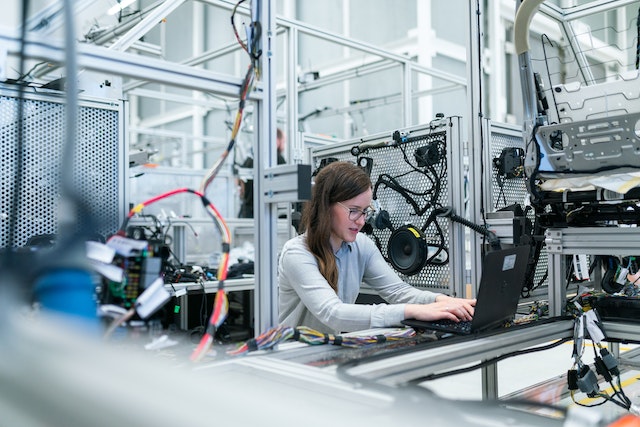Internal Linking: How to Optimize Your Website for Maximum Search Engine Performance
Internal linking is an essential part of website optimization, and it’s important to establish a strong internal linking strategy if you want to maximize your search engine performance. Internal links are important because they help search engines understand the structure of your website and navigate through it more easily. This can also have a major impact on how well your website ranks in organic search results.
What Is Internal Linking?
Internal linking is when you link to other pages on your own website from within one of your webpages. It helps to build the structure of your site, making it easier for users (and search engines) to navigate around. Internal links also help lead visitors deeper into your site and encourage them to explore more content, improving user experience and keeping them on the page longer which can be beneficial for SEO.
Why Is Internal Linking Important?
There are several reasons why internal linking is so important:
- It enables search crawlers to understand the structure of your website quickly, allowing them to index all relevant pages within the site quickly and accurately.
- It allows users to find related information quickly and easily without having to type additional searches into a search engine or manually scroll through pages upon pages of content.
- It provides an opportunity for you to showcase popular or related posts/pages that may be useful for user’s who are already reading one particular webpage.
- It serves as a way for visitors who come across individual posts/pages through organic search results or social media platforms (where the content has been shared) to easily find more relevant content within the same area by following the internal links.
How To Optimize Your Website With Internal Linking
Here are some tips on how you can optimize your website with internal linking:
- Think about what kind of keywords you want each page targeting – including these keywords in anchor text (the clickable text part in a hyperlink) is a good way for Google bots ask well as humans, too! – Avoid keyword stuffing – over-optimizing anchor text with too many keywords does not look natural and could potentially harm your rankings instead of benefiting from it; use keywords in anchor texts but only when it makes sense in context! – Consider using breadcrumbs – this is especially helpful when creating multi-level hierarchies where users need more guidance on navigating through different categories/subcategories; breadcrumbs provide an extra layer of navigation which can help increase user experience as well as improve SEO performance!
Conclusion
Internal linking plays an important role in optimizing websites and ensuring better visibility on SERPs (Search Engine Results Pages). If done correctly, internal linking can effectively direct traffic while providing an extra layer of navigation which will help enhance user experience as well as contribute towards increasing rankings organically!
